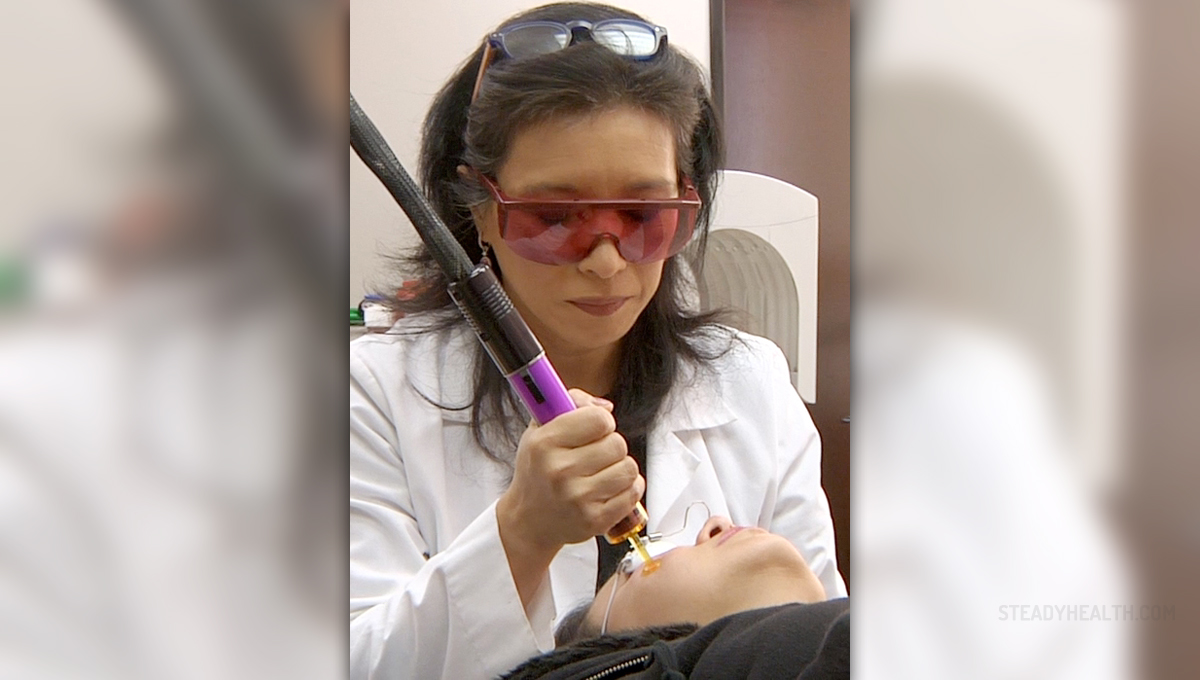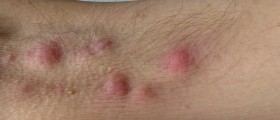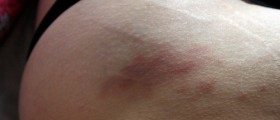
Melasma is a skin condition which involves the pigmentation of the face, in the area around the nose, cheeks and forehead. Sometimes it can include the upper arms as well. It is much more common for women than men particularly during pregnancy.
No one knows the cause of this disorder, but it believed to be connected with the increased amount of the pigment melanin in the skin. That is also why the condition is more likely to affect those ethnicities with a higher tendency to tan, such as Hispanics, Africans and Arabs. In any case, the prime reason for the existence of melasma is thought to be related to the variation of hormone levels in the body, like during pregnancy or when using birth control pills. The reason can also be hereditary or due to excessive exposure to the sun. Some medications which are based on quinine can also produce this effect on a person.
However, melasma is not considered to be a disease, neither is it considered to be originating from one. It completely begins, except that it is not visually pleasant.
Melasma does not always have to be a permanent condition, although sometimes that can be the case. Other times, however, melasma will retrieve on its own. For example, if a woman has melasma during pregnancy, it is very likely that it will disappear after childbirth. In women who are not pregnant and men, there is no way to determine whether the condition will disappear or when. Not only that, but it is also hard to diagnose in the first place and it often requires a skin biopsy. Anyhow, the disorder can last from a few months to a few years or more.
If someone decides that he or she is not willing to wait and see if melasma will disappear on its own, there are a few ways to treat it.
A somewhat invasive treatment of melasma is a chemical peel. A chemical peel includes removing layers of skin with a combination of acids, but it can be followed by a number of side effects, such as burning undesirable peeling, scarring and even aggravating the condition.
Another way of dealing with melasma is by skin lightening agents. These are bought in herbal and nutrition stores, but there is always a risk of them damaging the skin in some way, because not every reaction of a certain skin type to the agent can be predicted.
Other ways of treating melasma are the use of sunscreen and laser skin rejuvenation.
Finally, the results of these treatments are not guaranteed, and one can never know to what degree they will work, since it depends on every individual type of skin. Sometimes they may need to be repeated or combined for better results.

















Your thoughts on this
Loading...